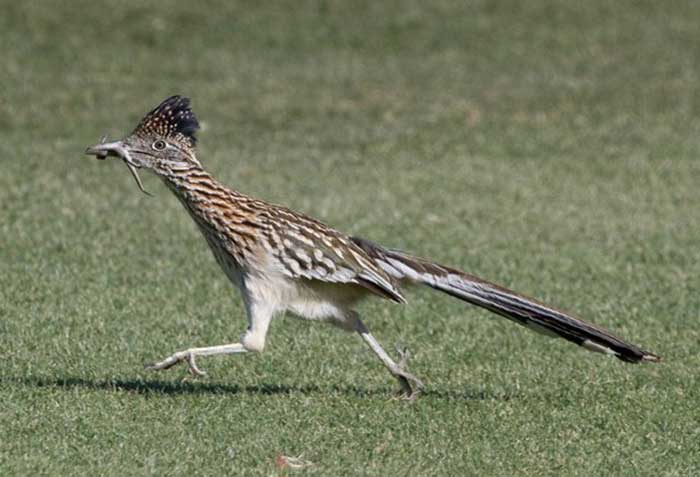FACTS
There are three main deserts in California: the Mojave, Colorado and the Great Basin deserts. The Mojave Desert is bounded by the Tehachapi Mountains on the northwest, and the San Gabriel and San Bernardino Mountains on the south. It extends eastward to California's borders with Arizona and Nevada and also forms portions of northwest Arizona. The Colorado Desert lies in the southeastern corner of California, between the Colorado River and the Transverse Ranges, and continues into Mexico and Arizona to the south and east, though in these areas it is called the Sonoran Desert. The Great Basin desert lies immediately to the east of the Sierra Nevada cordillera and extends eastward into the state of Nevada.
The desert is marked by very low rainfall. The Mojave Desert receives fewer than 13 inches of rain. Summer weather is dominated by heat. Temperatures can skyrocket to above 120 degrees. Autumn in the Mojave Desert is the most pleasant time to be there with temperatures between 70-90 degrees.
The Great Basin Desert is considered the "cold desert" because it is a higher elevation and gets 7-12 inches of rain yearly. There is even snow there sometimes!
The Colorado Desert has greater summer daytime temperatures and almost never has frost. It has two rainy seasons per year. One in the winter and late summer.
Source: http://www.ask.com/geography/california-desert-region-e50ce271a8fc2b39
CITIES

http://dogtrekker.com/userfiles//Desert-Region-Map_opt.jpg
CLIMATE
The California deserts include the hottest average temperature on the planet at Death Valley, and lowest land elevations in the U.S. Explore this amazing California attraction that offers incredible things to see and do. In the California deserts region are Imperial, Riverside, San Bernardino and Inyo Counties. The Sonoran Desert in California is the LOW Desert, and the Mojave Desert is the HIGH Desert. As of 2014, the highest temperature ever recorded on the surface of the earth, 134 degrees Fahrenheit, was recorded at Death Valley National Park, part of the California desert region. There is very rare rainfall in this region. However, when it does rain plants are able to soak up water during this time and store it for months or even years.
Source: http://www.visitcalifornia.com/region/discover-deserts
For local valley weather:
ANIMALS

Foxes
http://www.fhwa.dot.gov/publications/research/safety/08034/images/image028.jpg

Roadrunners
http://www.desertusa.com/birds/photos/993040_n.jpg

Snakes
http://s3.amazonaws.com/production.reserve123/images/product/451-5.jpg

Lizards
http://www.in-the-desert.com/enlarge/012lizard.jpg
PLANTS

The deserts of Joshua Tree National Park have giant boulders and alien-like yucca plants.
http://kenshikingsticks.homestead.com/yucca_1.jpg
Sagebrush
http://www.usu.edu/weeds/plant_species/nativespecies/nativespeciesimages/sagebrush/UT052102MD05_2.JPG

http://www.desertusa.com/flora/photos/No1mesquite-tree.jpg

Cactus
https://jimcaldwell.files.wordpress.com/2012/11/joshua-tree-and-the-desert-landscape_002.jpg
Resource: California Geography (C) 2009 splashpublications.com
No comments:
Post a Comment
Note: Only a member of this blog may post a comment.